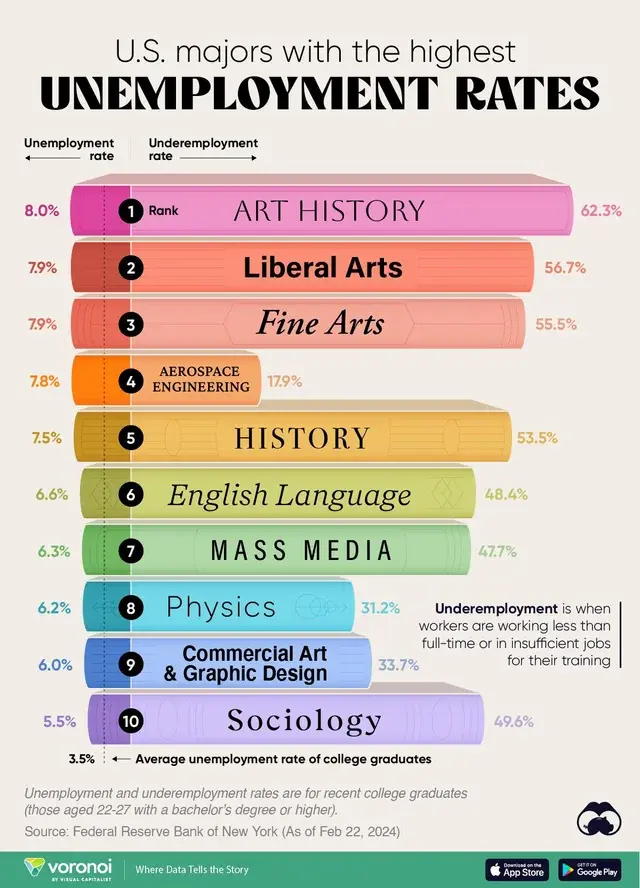Cool Guides
Rules for Posting Guides on Our Community
1. Defining a Guide Guides are comprehensive reference materials, how-tos, or comparison tables. A guide must be well-organized both in content and layout. Information should be easily accessible without unnecessary navigation. Guides can include flowcharts, step-by-step instructions, or visual references that compare different elements side by side.
2. Infographic Guidelines Infographics are permitted if they are educational and informative. They should aim to convey complex information visually and clearly. However, infographics that primarily serve as visual essays without structured guidance will be subject to removal.
3. Grey Area Moderators may use discretion when deciding to remove posts. If in doubt, message us or use downvotes for content you find inappropriate.
4. Source Attribution If you know the original source of a guide, share it in the comments to credit the creators.
5. Diverse Content To keep our community engaging, avoid saturating the feed with similar topics. Excessive posts on a single topic may be moderated to maintain diversity.
6. Verify in Comments Always check the comments for additional insights or corrections. Moderators rely on community expertise for accuracy.
Community Guidelines
-
Direct Image Links Only Only direct links to .png, .jpg, and .jpeg image formats are permitted.
-
Educational Infographics Only Infographics must aim to educate and inform with structured content. Purely narrative or non-informative infographics may be removed.
-
Serious Guides Only Nonserious or comedy-based guides will be removed.
-
No Harmful Content Guides promoting dangerous or harmful activities/materials will be removed. This includes content intended to cause harm to others.
By following these rules, we can maintain a diverse and informative community. If you have any questions or concerns, feel free to reach out to the moderators. Thank you for contributing responsibly!
view the rest of the comments

I'd be really interested to see the specifics of how that data is collected, but also fucking duh recent college grads are underemployed. Also, having that degree sets people up for career advancement as they gain experience and that educational background becomes even more of a prerequisite for the jobs they're moving into
If you are employed in a junior job within the field you have been trained in, you are not underemployed.
What this graph shows however, is that there are a ton of degrees that seem to teach hardly any transferable skills. A sociologist without proper statistical training has almost zero value in the business world. And that's a problem.
This graph absolutely does not show this lol...how could you possibly derive that from this graph
And sociologists are absolutely trained in statistics
That's why I explicitly qualified my statement, because not all sociologists are in fact trained in statistics. Many just had the statistics 101 class and went into the more philosophical part of the trade.
The real question is: what else does this graph show in your interpretation?
How does the graph not show that? The chart clearly shows there are a lot of degrees whose holders have "insufficient jobs for their training."
I.e., they were unable to find jobs that utilized the skills they got with their degree. The skills are not sufficiently transferable to jobs.
I interpret it as there are more degree holders than there are jobs that closely align with that degree. Graduating art history majors are absolutely qualified to be curators at galleries and museums, but there are only a handful of those positions available.